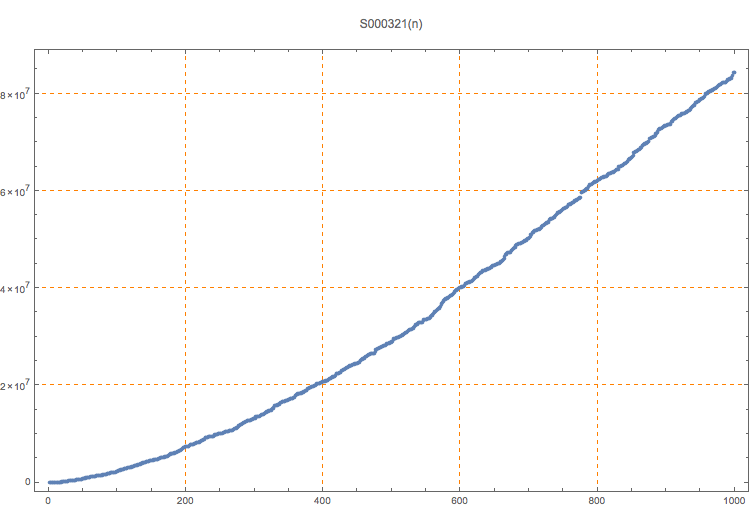Numbers n such that 2n+5, 2n+7, 2n+11, 2n+13, and 2n+17 are prime.
0, 3, 48, 738, 8028, 9708, 10503, 11133, 21888, 27663, 72078, 82848, 83418, 97863, 100908, 112668, 123798, 134403, 163068, 173988, 180603, 198873, 232578, 259398, 268218, 316728, 316893, 330543, 384093, 397893, 414858, 428973, 438003, 479268, 504423, 511248
1
The offsets (5, 7, 11, 13, 17) are prime. This sequence a subset of S000320. This is the last such sequence beginning with 5; for a sequence starting with 6 consecutive primes, we need to start with 7. Suggested in the paper by Granville. Sequence S000322 lists the initial prime and the last possible prime. So {5, 17}, illustrated in this sequence, occurs in that sequence.
T. D. Noe, Plot of 1000 terms
T. D. Noe, Table of 1000 terms
Andrew Granville, Primes in intervals of bounded length, arXiv 1410.8400 (Oct 30 2014)
(Mma) Select[Range[600000], And @@ PrimeQ /@ ({5, 7, 11, 13, 17} + 2*#) &]
Cf. A243811, S000314-S000320, S000322.
nonn
T. D. Noe, Nov 05 2014
